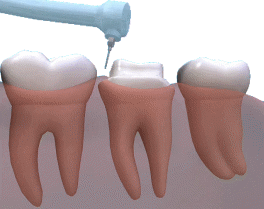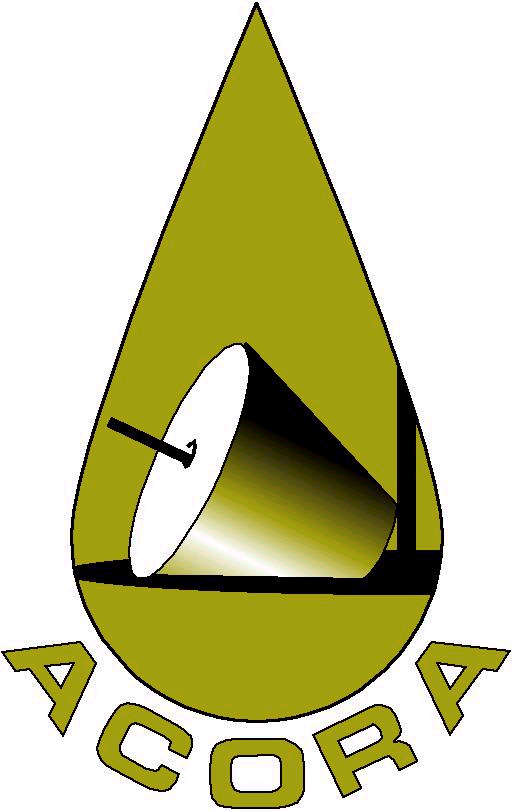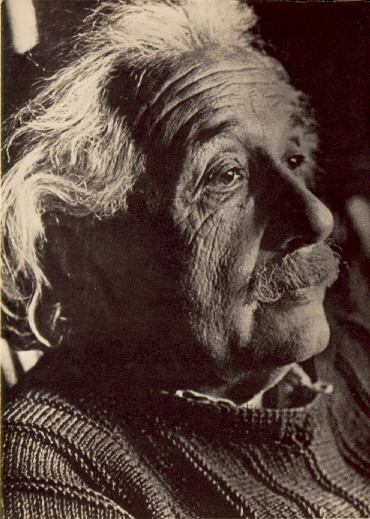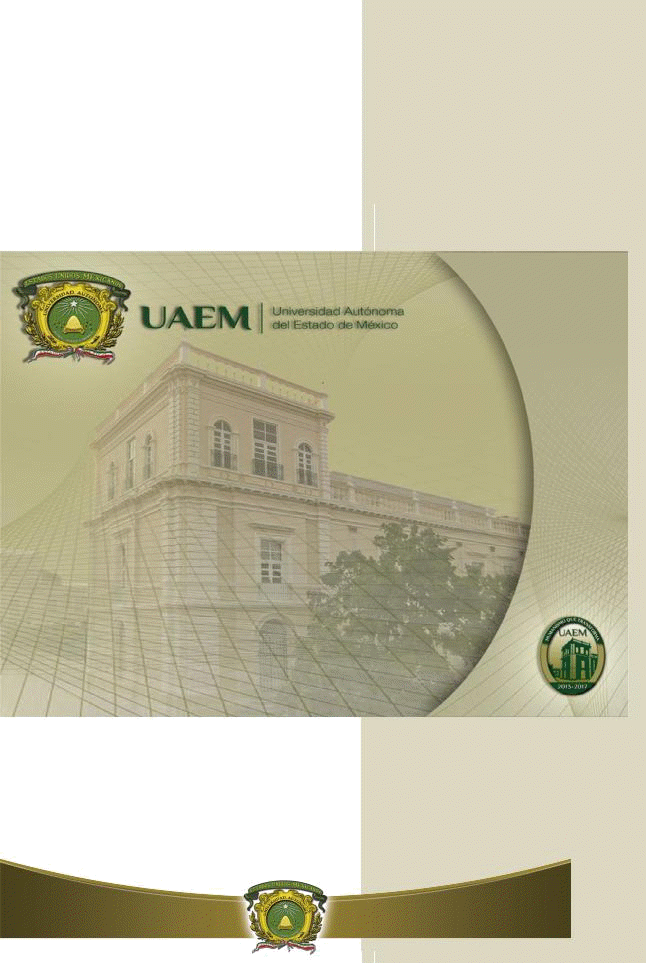POSITION OF THE HUMAN RIGHTS COMMITTEE ON THE TREATY
POSITION LOCAL SERVICE DIRECTOR HOURS 13 HOURSWEEKS4 POSITION DESCRIPTION 1POSITION TITLE ACCREDITATION OFFICER
APPLICATION FORM POSITION APPLIED FOR 1 PERSONAL
e Astern Suburbs Hockey Club Managers Position Description
EDUCATION 998504 DMA MUSIC COMPOSITION CORNELL UNIVERSITY DISSERTATION
HUMAN RESOURCES RECORDS STAFFING RECORDS INVOLVING STAFF POSITIONS
Position of the Human Rights Committee on the treaty body strengthening process
POSITION OF THE HUMAN RIGHTS COMMITTEE ON THE TREATY BODY STRENGTHENING PROCESS (29 March 2012)
The Committee welcomes the process commenced by the High Commissioner in 2009 to strengthen the treaty bodies. It notes that this process will shortly come to a head with the publication of the High Commissioner’s report due in June of this year, which will include her conclusions and recommendations drawn from the last three years of consultations. In particular, the Committee acknowledges the adoption of the Dublin II outcome document, following the most recent participation of the Chairs and representatives of treaty bodies at consultations held in November 2011. The Committee believes that it is important to engage in this process and adopt a view on the main issues/proposals that have arisen to date, in particular as set out in the Dublin II Outcome document.
The Committee acknowledges that there are many stakeholders in this process – the treaty bodies, the SG/OHCHR, the States parties, NHRIs and NGOs – each having their own responsibilities. The Committee recognises that it is part of a broader ever-expanding treaty body system. Having created this system, States bear the responsibility for providing the necessary resources to support its effective functioning. In addition, the SG/OHCHR must consider ways in which it could redistribute resources to reinforce the treaty bodies.
The Committee recalls that it has a mandate to examine State party reports and individual communications, to draft general comments on articles of the Covenant and to engage in follow-up activities on concluding observations and individual communications. The goal of the reporting procedure is to ensure the implementation of the provisions of the treaties by the States parties; the follow-up procedure is important in achieving this aim. General comments, which were initially requested by States parties to better understand the interpretation of the provisions of the International Covenant on Civil and Political Rights (ICCPR), derive from article 40, paragraph 4, of the ICCPR which provides that, the Committee “shall transmit its reports, and such general comments as it may consider appropriate, to the States Parties”.
As to the Dublin II Outcome document, the Committee recognises that there are many important recommendations therein which will improve the treaty body system, including on the issue of reprisals and the extent to which people are being exposed to risks for engaging with treaty bodies (paras. 50-55).
The Committee is aware that the implementation of some of these recommendations is not yet feasible and that resource allocation is a prerequisite, as mentioned in the Dublin II outcome document itself.
The Committee has reviewed the recommendations in the Dublin II Outcome document and endorses the general thrust of this document.
The Committee notes that it has already implemented a good number of the recommendations therein including the following:
a. Ratification, Acceptance of Procedures and Withdrawal of Reservations to Treaties (paras. 14 and 15)
b. Promoting knowledge of the Treaty Body System; this is being done, the Committee has a media strategy but this strategy could be reinforced (para. 36)
c. Reprisals against persons engaging with treaty bodies; the Committee could do more including recommendation for a focal point on reprisals (paras. 51 – 53)
d. State Reporting Process: procedure for examination non-reporting States established; already focus on key priorities; has LOIPR procedure; has established country task force procedures; has limited dialogue to two meetings except in case of an initial report; COBs are country specific and targeted; collaborates with NGOs and NHRIs. (paras. 64 – 76)
e. Follow-up: the Committee has a follow-up procedure; does appoint follow-up rapporteurs; does request follow-up on particular concerns within 12 months; does request status of follow-up in LOI; does publicly report on follow-up (paras 105 – 114) ; has developed clear criteria as to what constitutes satisfactory implementation and clearly classify States’ replies (paras. 113 – 114)
f. General Comments: the Committee does adopt General Comments and takes suggestions from other stakeholders into account (paras. 132 – 134)
The Committee notes that it is within its mandate to further analyse and strengthen the implementation of other recommendations including the following:
a. Collaboration with other Human Rights Mechanisms (paras. 28-29)
b. Reporting: cross-referencing to other TBs and UN mechanisms (para. 71)
c. Individual communications: increased awareness of individual communications procedures. (para. 89)
d. General Comments: days of general discussion as a precursor for the development of a General Comment. (para. 133-134)
The Committee notes that it is also within its mandate to further analyse and consider implementing other recommendations but that this would necessitate additional resources and /or assistance from third parties (the SG/OHCHR, other TBs). Such recommendations include the following;
a. State reporting process: working in chambers (with additional extra resources) (para. 67); comprehensive reporting calendar (with additional resources) (para. 43).
b. Follow-up: follow-up missions (paras. 110-111).
10. In conclusion, the Committee is aware that the General Assembly has taken up the issue of treaty body strengthening. It appreciates the efforts made by the OHCHR to keep the Committee up to date on all processes involved, and it looks forward to returning to this item at its subsequent sessions.
…………………………………….
INSIDE INFORMATION CHANGES IN COMPOSITION OF THE
JOB DESCRIPTION POSITION COMMUNITYBASED REHABILITATION COORDINATOR
NAME POSITION FIT PENDING GP
Tags: committee on, the committee, position, rights, treaty, committee, human
- PODZIAŁ GODZIN OBOWIĄZUJE OD DNIA 14102019 R 1 2
- N ORTH DAKOTA LIONS DIRECTORY 5NE 5NW 20122013 LIONS
- CONSEQUENCES OF THE NEW GROUNDWATER DIRECTIVE FOR INFILTRATION FOR
- BEYOND THE OREGON TRAIL FACILITATOR GUIDE WEBSITE EVALUATION JANUARY
- NOWY JORK (ANG NEW YORK) NAJWIĘKSZE MIASTO W
- GUÍA DEL ALUMNO ACTIVIDAD N°1 EXPLORACIÓN EL VINAGRE Y
- JOURNAL OF AMERICAN SCIENCE 20106(3) COMPARISON OF THE TYPE
- BRNO KRÁLOVOPOLSKÁ – RUBÍNEK 1762007 ŽIVÉ KAMENY 1PETROVA 2110
- POLICY RIDEALONG POLICY RELATED POLICIES THIS POLICY
- WORLD TRADE ORGANIZATION ORGANISATION MONDIALE DU COMMERCE ORGANIZACIÓN MUNDIAL
- COMISIÓN ECONÓMICA PARA AMÉRICA LATINA Y EL CARIBE (CEPAL)
- ALLA PARI SITI INTERNET AU PAIR SEARCH HTTPWWWAUPAIRSEARCHCOM [EN]
- ZAŁĄCZNIK NR 7 DO OFERTY UMOWA NR MGOPSFE503…2017 NA
- GINA MORELA BENAVIDES LLERENA 1704625043 DATOS PERSONALES FECHA DE
- PROCEDIMIENTO DE GESTIÓN DE GRANDES ENVASES REUTILIZABLES 1 INTRODUCCIÓN
- INFLUENCIA DE LAS INTELIGENCIAS MÚLTIPLES EN EL RENDIMIENTO DEL
- 2 WRITE IN THE PLURAL FORM 1 THIS TEST
- BEVEL 29 OFFICE OF AGING AND DISABILITY SERVICES GUARDIANSHIPCONSERVATORSHIP
- CLIMATE NARRATIVE FOR RAVALLI COUNTY MONTANA PREPARED BY THE
- CHINA ASSOCIATION FOR PRESERVATION AND DEVELOPMENT OF TIBETAN CULTURE(CAPDTC)
- REGULAMIN OGÓLNOPOLSKIEGO KONKURSU LITERACKIEGO I PLASTYCZNEGO O „LAUR SŁOWACKIEGO”
- FCATSAT TEST 2006 – 07 WEEK 1 FEBRUARY 26TH
- HÄLSODEKLARATION INFÖR INSKRIVNINGSSAMTALET BER VI DIG FYLLA I FÖLJANDE
- FICHA DE DATOS SOCIO EMPRESAS INTERESADAS EN SER
- HONORS BIOLOGY MR VELAZQUEZ UNDERSTANDING SQUID THE SQUID IS
- DEPENDENTSAMPLES T TEST – EXAMPLE 2 (ROMANTIC LOVE) –
- 10A NCAC 14B 0142 RESERVED FOR FUTURE CODIFICATION 10A
- DILIGENCIA PARA HACER CONSTAR QUE CON ESTA FECHA
- PHP連結MYSQL資料庫 功能表 登入 處理登入 登出 顯示紀錄 新增紀錄 儲存新增紀錄 查看鍵值設定
- BECOMING A CHARITY TRUSTEE INFORMATION FROM VOLUNTEER ESSEX TRUSTEES
 E CONOMÍA Y MEDIO AMBIENTE LECTURA 11 DOCENTE ROSA
E CONOMÍA Y MEDIO AMBIENTE LECTURA 11 DOCENTE ROSA Á NGELA DI TULLIO MANUAL DE GRAMÁTICA DEL ESPAÑOL
Á NGELA DI TULLIO MANUAL DE GRAMÁTICA DEL ESPAÑOL CROWNS Q WHAT IS A CROWN? A
CROWNS Q WHAT IS A CROWN? A RAMÍREZBRAVO ROBERTO (2010) DIDÁCTICAS DE LA LENGUA Y DE
RAMÍREZBRAVO ROBERTO (2010) DIDÁCTICAS DE LA LENGUA Y DE UNSCETDG25INF90 PAGE 3 UNSCETDG25INF90 COMMITTEE OF EXPERTS
UNSCETDG25INF90 PAGE 3 UNSCETDG25INF90 COMMITTEE OF EXPERTS TC BİTLİS EREN ÜNİVERSİTESİ LISANSÜSTÜ EĞITIM ENSTITÜSÜ ELEKTRİKELEKTRONİK MÜHENDİSLİĞİ
TC BİTLİS EREN ÜNİVERSİTESİ LISANSÜSTÜ EĞITIM ENSTITÜSÜ ELEKTRİKELEKTRONİK MÜHENDİSLİĞİPOVÁZSAY TIBOR PÉTERNÉ LÉGY A FELESÉGEM! LÉGY A
PAGE 2 OCTOBER 5 2021 WORKERS’ COMPENSATION WAGE
 HTTPWWWHORTPURDUEEDUNEWCROPAFCMFLAXHTML INDEX | SEARCH | HOME FLAX ES
HTTPWWWHORTPURDUEEDUNEWCROPAFCMFLAXHTML INDEX | SEARCH | HOME FLAX ES CÓRDOBA A 18 DE ABRIL DE 2012 ADAPTACIÓN
CÓRDOBA A 18 DE ABRIL DE 2012 ADAPTACIÓN R OYAUME DU MAROC CONSEIL RÉGIONAL DE TOURISME RÉGION
R OYAUME DU MAROC CONSEIL RÉGIONAL DE TOURISME RÉGION FALL 2018 THE SOUNDING BOARD THE PUBLICATION OF THE
FALL 2018 THE SOUNDING BOARD THE PUBLICATION OF THE A TUDOMÁNY MŰKÖDÉSE AZ ÖT ÉRZÉK ÉS EGY HATODIK
A TUDOMÁNY MŰKÖDÉSE AZ ÖT ÉRZÉK ÉS EGY HATODIKSUMMER TERM 20078 PHILOSOPHY OF RELIGION (TM 4390017)
 SIGNS OF SAFETY INITIAL CHILD PROTECTION CASE CONFERENCE ADVICE
SIGNS OF SAFETY INITIAL CHILD PROTECTION CASE CONFERENCE ADVICEDEMO2 NR EWIDENCYJNY DATA NADESŁANIA WYPEŁNIA URZĄD LOTNICTWA CYWILNEGO
0 ONTARIO REGULATION 21413 MADE UNDER THE LOCAL ROADS
 UNIVERSIDAD AUTÓNOMA DEL ESTADO DE MÉXICO FACULTAD DE CIENCIAS
UNIVERSIDAD AUTÓNOMA DEL ESTADO DE MÉXICO FACULTAD DE CIENCIAS E RNESTO FRANZÉ 35 AÑOS ARGENTINA SOLTERO DNI 26195158
E RNESTO FRANZÉ 35 AÑOS ARGENTINA SOLTERO DNI 26195158 INTERNATIONAL CHAMBER OF COMMERCE THE WORLD BUSINESS ORGANIZATION DEPARTMENT
INTERNATIONAL CHAMBER OF COMMERCE THE WORLD BUSINESS ORGANIZATION DEPARTMENT